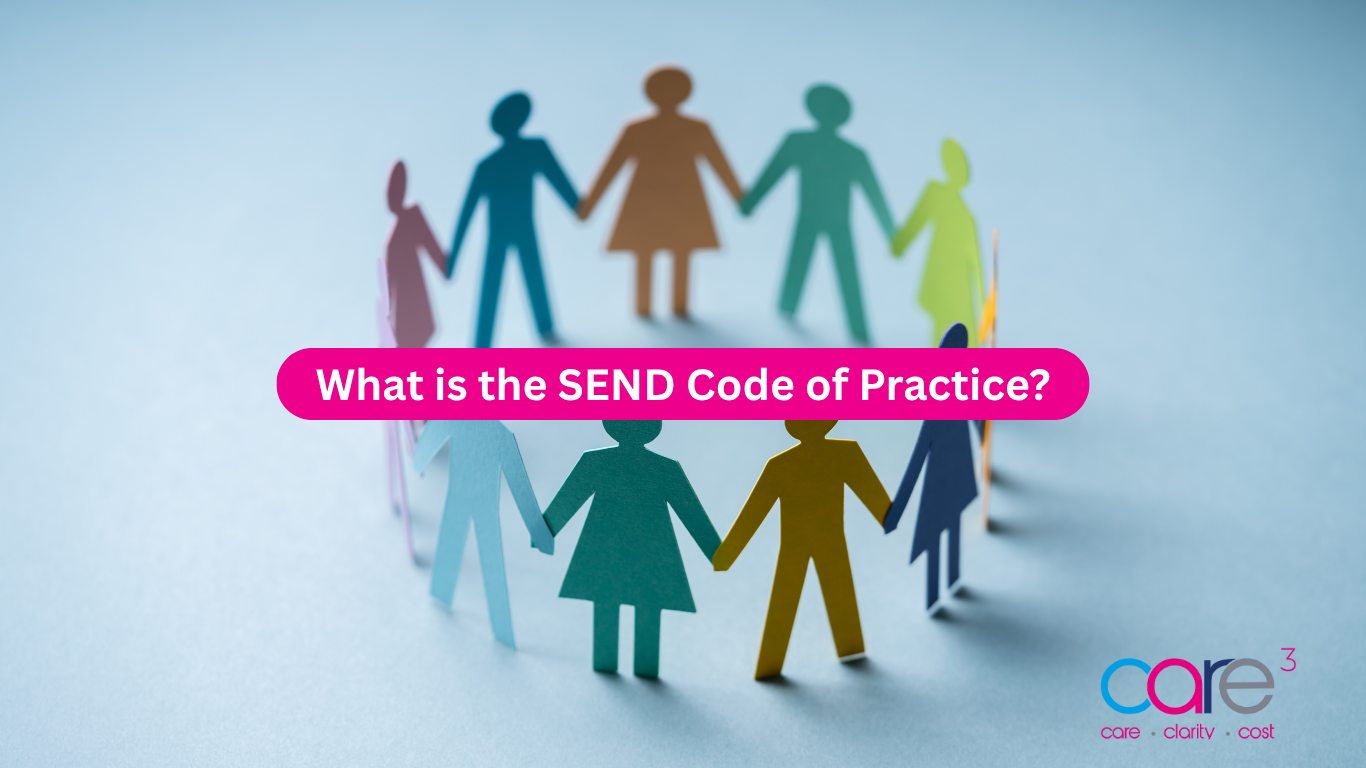
Published in SEND on 21/08/2025
Children in any educational setting should receive the support that they need to be able to learn to the best of their ability throughout their journey in education. The SEND Code of Practice is in place to ensure that children who have special educational needs and disabilities get the support and opportunities to thrive and develop just like their peers.
The latest update of the SEND Code of Practice was in 2015, after the Children and Families Act in 2014, and the code provides a framework to identify, assess, and meet the needs of children and young people with SEND.
The SEND Code of Practice – An Overview
The SEND Code of Practice is not only in place in educational settings such as schools, nurseries, or colleges, but it is also applicable to health services and local council services.
The Code is statutory for all schools in the UK, and it provides statutory guidance on the SEND system for all people between the ages of 0 and 25. Schools must consider the code of practice when making decisions that relate to any pupils who have special educational needs or disabilities.
Why It Matters: Legal and Policy Background.
The SEND Code of Practice is, in some ways, like the guidebook for relevant bodies to stay compliant with the Children and Families ACT of 2014. The Children and Families Act 2014 is the legal framework, however the SEND Code of Practice gives the statutory guidance on meeting the legal requirements of the Children’s and Families Act of 2014.
The statutory guidance makes certain that there is a consistent approach across the UK. This makes sure that whether a child is located in England, Wales, Scotland or Northern Ireland they receive the same support.
This guidance is also key as it prevents any SEND support for a child being dictated by postcode, therefore children in well-off areas and deprived areas should receive support to the same degree. Having guidance like such in place is in line with the Equality Act, and also simply helps to provide a happy and fulfilled life for children with SEND.
The SEND Code of Practice will place the child at the heart of any decision-making regarding their education. It gives the child or their parent/guardian a prominent voice in regard to the support they receive and more control over their progress in terms of their learning.
Key Principles of the Code
The SEND Code of Practice is a set of guided principles that are in place to prioritise the health, happiness and needs of children and young people with SEND. These principles include:
A Family Centred Approach
The Code of Practice stresses how important it is to place the child and family’s views above all decisions. They should always feel heard, involved, and respected during processes.
Early Identification & Intervention
Being able to identify special educational needs early on can be pivotal in providing support in a timely manner. Intervention early on can also prevent any challenges the individual could experience from becoming educational barriers. Schools and professionals are equally encouraged to identify needs quickly and act on them as soon as reasonably possible.
Tailoring the Support
Support provided to children and young people with SEND should always be personalised, as there is no solution that will fit everyone. This can include adaptations to the layout of the classroom, offering extra help in lessons, therapy arrangements, or so on. The support should be adapted to the individual.
Collaborative Practice
The Code enforced collaboration between care services, health and educational services. In ensuring they are all working together to support the individual in a consistent manner. A child may even have an ECHP or Educational, Health and Care Plan, which can reenforce this goal in collaboration.
Focus On Outcomes
The end goal of the SEND Code is not only the management of SEND challenges, but it should also help the child to achieve positive results in their education, help accelerate their independence and assist them in their day-to-day life as well.
Who Must Follow the Code?
The SEND Code of Practice is relevant to every role in a maintained academy, school or other educational facility. This includes individuals in the following roles:
- Headteachers in schools/academies.
- Governers in educational settings.
- Teachers & lecturers.
- Health and Social services practitioners and staff.
- Early years education providers.
- SENCOs (Special Education Needs Coordinators).
- Teaching Assistants TA’s.
- Local Authorities.
- Further educational settings.
Overall, all roles within the education and health and social care sector that would provide management of a child’s education/ wellbeing, and those who may have direct contact with the individual must follow the SEND Code of Practice.
How It Affects Education, Health and Local Authorities
The SEN Code of Practice impacts the education sector by requiring that schools develop and monitor their own SEN policy as well as:
- Ensuring that governors are up to date and aware of the schools SEN provisions. This includes how equipment, personal resources, and funding are deployed for this.
- Making sure that all SEN provision is a critical part of the development plan of the school.
- Making certain that the notional SEN budget of the school is allocated to support students with SEN as appropriate.
Meanwhile, in healthcare and education, the SEND Code of Practice emphasises the need for local authorities and health services to cooperate alongside educational settings. This is critical for ensuring that the health needs of SEND children are considered and prioritized as art of their support and/or care plans. This can include ensuring they have access to any medication or therapies they may need.
The Role of The Code in Creating EHCP’s
One of the main changes seen as part of the implementation of the Code of Practice was the introduction of EHCP’s, otherwise known as Education Health Care Plans. These plans replaced what was previously known as ‘statements of SEND’.
Via the SEND Code of Practice, local authorities are responsible for providing EHCP’s for children who have special educational needs and disabilities if they believe that the individual may be at a disadvantage to their peers without being provided with additional support.
EHCP’s outline the difficulties of the child and then proceeds to outline short-term and long-term outcomes for the child. Educational providers, healthcare professionals and the local authority work together to work towards these outcomes with the child.
Understanding the SEND Code of Practice is critical for educational bodies, healthcare providers and local authorities alike. Ensuring that children and young people with SEND are provided with the best possible opportunities to achieve and excel despite their challenges. Understanding the SEND Code of Practice also ensures that related






